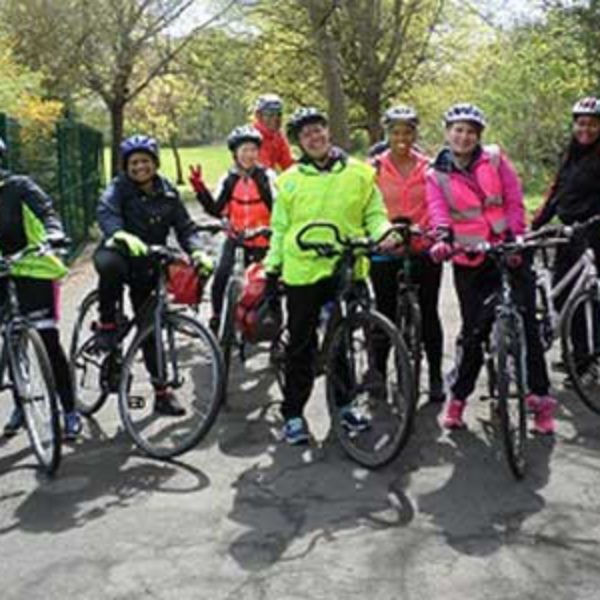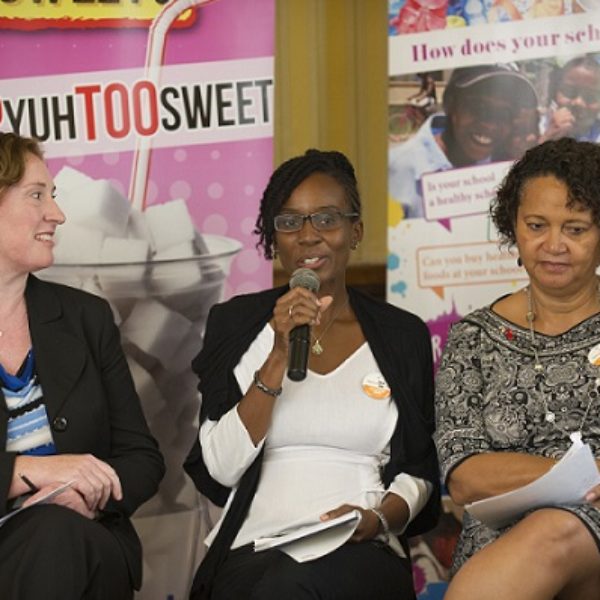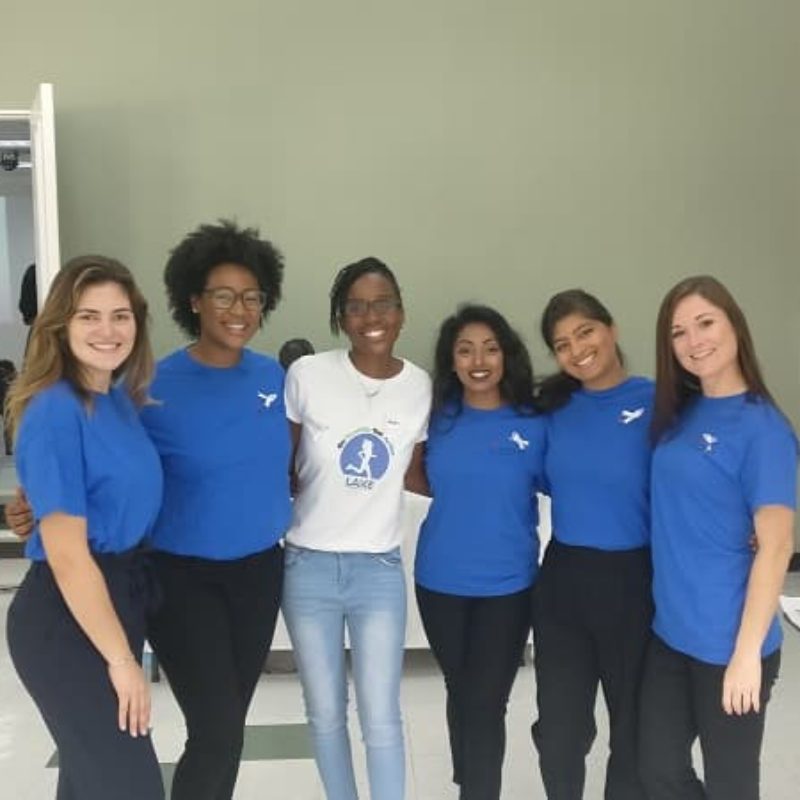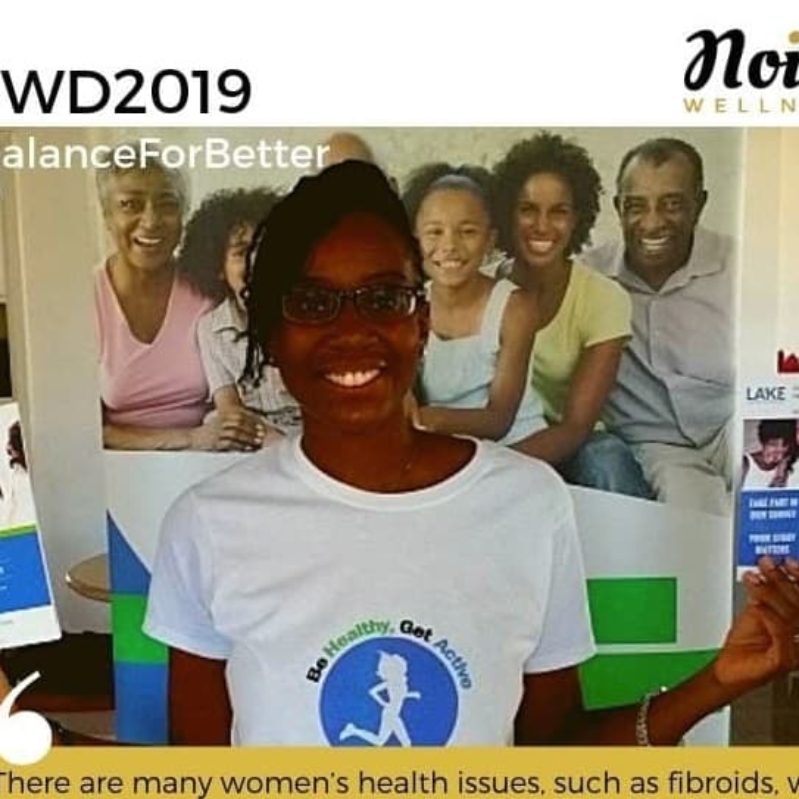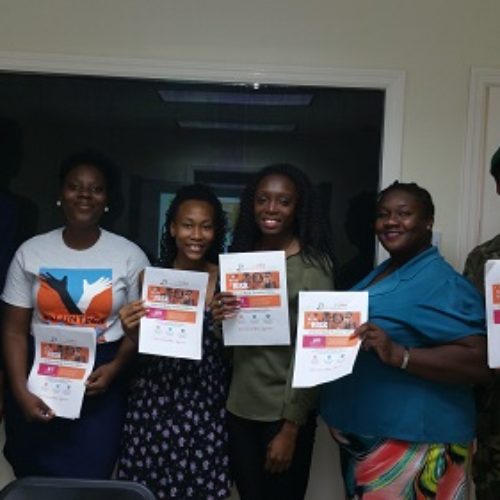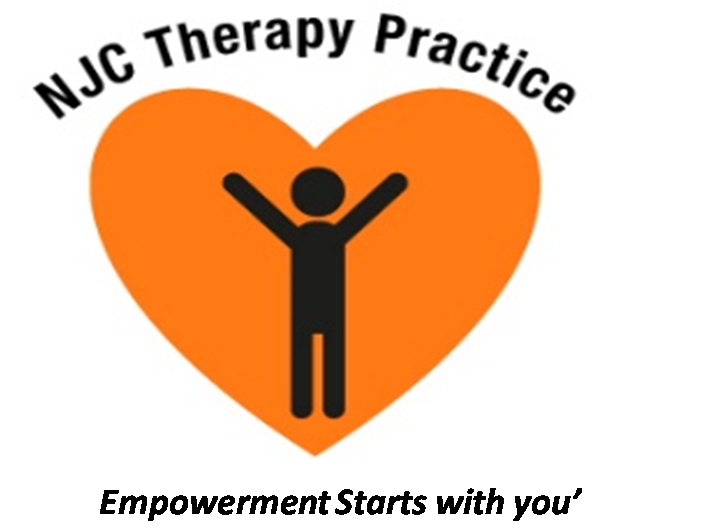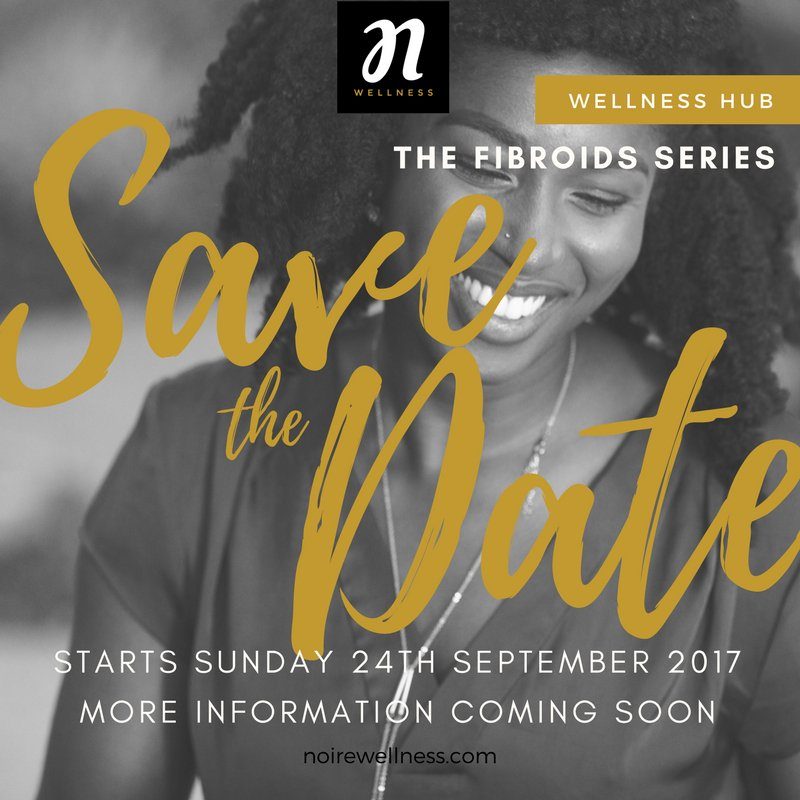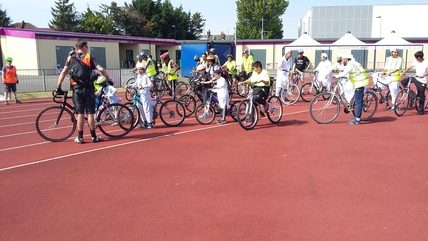Me, Myself and I
Hey folks, Stacey Mensah, our guest blogger, is back and this week she reflects on the need for a bit of ‘me time’
Thinking of yourself isn’t selfish – it’s necessary. In a world where different mediums are competing for our attention as soon as we wake up, it’s important to take the time to refuel. And unfortunately, I had to learn this the hard way. I recently worked for a company that required me to work extensive hours and at first, I didn’t have a problem with that. It’s only when I began to blur the line between the social and professional that I realized how taxing this was on my health. And by that, I mean every single night I was taking the work home.
Now for all of the journalists out there, I agree this is a by-product of the path we’ve chosen to take, but something has got to give. When it’s 4 in the morning and all you can think about is your rundown – knowing full well that all of the members of your team are fast asleep that’s when you know you have to re-prioritize a few things. Couple this with the fact that I was on first name basis with a couple of UberEats delivery drivers who practically became family, that’s when I knew that I needed to go back to basics.
So, what exactly are the basics? We’re talking about trying to avoid the complicated ways of doing things. One of the major ways I like to do this is by writing to do lists. They are my way of getting down everything that needs to be done and I’m usually always able to schedule in some ‘me time’ as writing the list allows me to be efficient with my time during the day. ‘Me time’ could be something as simple as taking a 5-minute walk, a period of reflection at the end of the day or even getting in some quality rest and relaxation. Some people find the idea of ‘me time’ as an alien concept, but to others, it’s the only way they are able to give their best at work. In case my story hasn’t compelled you enough to take some time out of your busy schedule, just know that if you factor in eating unhealthily and sleeping poorly, to say that you would not be doing yourself any favours is an understatement. Is this really practical in this day and age? For those who live in London or a big city, you may feel as though it is so cut throat that the only option you have is to dedicate every waking hour working towards that next big objective, but sooner or later it hits us all.
Ultimately, not prioritizing ‘me time’ means losing yourself in the long run – you lose that vavavoom, that je ne sais quoi! And, your health and well-being takes a big hit. Treat yourself as a vessel. There is no way you can pour into others if you’re running on empty. So take some time to refuel because life is hard enough when you’re running on a full tank.
Do you take time for yourself? Do you think it’s necessary? Comment down below…

